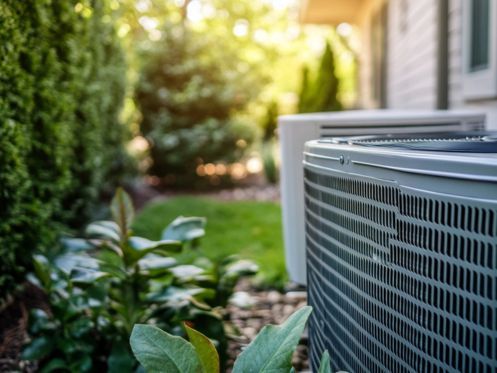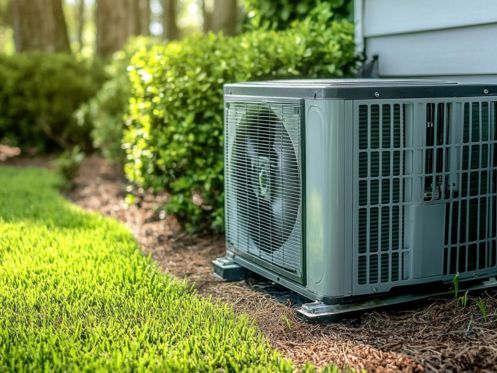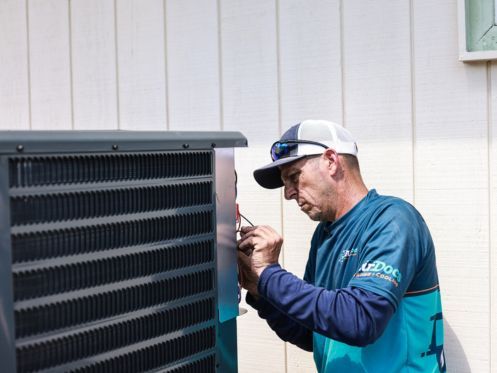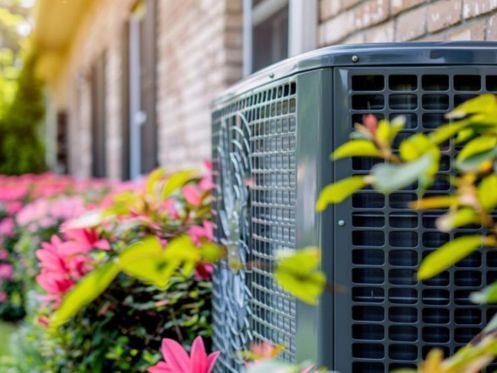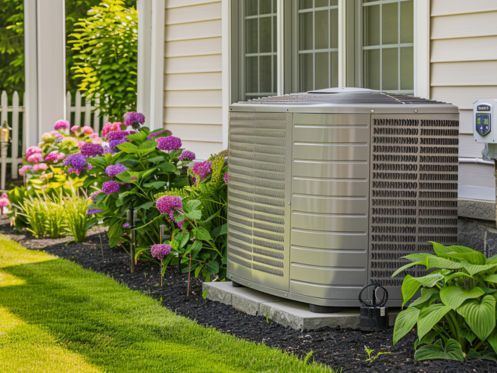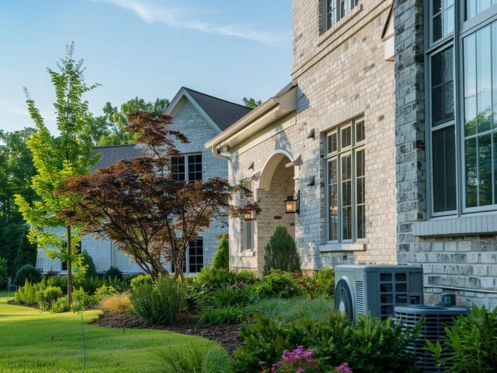What Is the Average Cost of AC Maintenance in Stuart, FL?
The cost of AC maintenance in Stuart, Florida, starts at $189 per year, with an average range of $142 to $1,145. The exact price depends on the type of service, system condition, and whether additional repairs or cleanings are required.
Many homeowners only think about their AC system when it stops working. However, preventive maintenance is the best way to ensure your cooling system runs efficiently, avoids expensive breakdowns, and keeps energy bills low.
If you’re wondering what goes into AC maintenance costs and whether it’s worth the investment, here’s everything you need to know.
What Determines AC Maintenance Costs?
AC maintenance costs aren’t one-size-fits-all. The final price depends on the level of service, the condition of your system, and whether additional repairs or cleanings are needed. Understanding these factors can help you make the best choice for keeping your AC running efficiently.
Annual Maintenance Plans
Some HVAC companies offer annual AC maintenance plans that cover multiple service visits throughout the year. In Stuart, FL, maintenance plans typically start at $189 per year, providing routine checkups and priority service. These plans can help homeowners save money on unexpected repairs and keep their systems running at peak efficiency.
One-Time AC Tune-Ups
For those who prefer to schedule a single maintenance visit, costs typically range between $142 and $300, depending on the scope of the service. A basic AC tune-up usually includes:
- Air filter replacement
- Checking refrigerant levels
- Thermostat calibration
- Cleaning condenser coils
- Inspecting electrical components
A comprehensive tune-up, which includes deeper inspections and coil cleanings, may cost closer to $300 to $500.
System Condition and Age
Older AC units require more maintenance and frequent repairs, leading to higher costs. If a system is more than 10 to 15 years old, parts may be worn out, requiring extra servicing.
In some cases, an aging system may be better off replaced rather than repeatedly repaired, especially if it’s inefficient or costly to maintain.
AC Coil Cleaning Costs
Coil cleaning is an essential part of AC maintenance, as dirty coils reduce efficiency and increase energy consumption.
- Evaporator coil cleaning: $100 to $400
- Removing and cleaning the coil: Up to $700
- Condenser coil cleaning: $75 to $230
Regularly cleaning your coils helps improve cooling performance and prevents overworking the system.
Additional Repairs and Services
While routine maintenance helps prevent major issues, some problems require additional repairs. Depending on the issue, the cost of AC repair in Florida typically ranges from $160 to over $1,800.
- Compressor repair: $100 to $250
- Compressor replacement: $1,500 to $3,300
- Fan motor replacement: $350 to $700
Addressing minor repairs early can prevent more expensive failures down the road.
For professional AC maintenance and repairs in Stuart, FL, Air Docs Heating and Air offers expert service to keep your system running efficiently.
The Benefits of Regular AC Maintenance
Regular AC maintenance isn’t just about preventing breakdowns—it’s about keeping your system running efficiently and saving money in the long run. A properly maintained unit performs better, lasts longer, and helps you avoid costly surprises. Let’s break down how routine maintenance can make a big difference for your home and wallet.
Lower Energy Bills
A well-maintained AC unit uses less energy, reducing cooling costs. Dirty filters, clogged coils, and refrigerant issues make the system work harder, increasing power consumption. Keeping up with maintenance can lower energy bills by 5% to 15%.
Fewer Emergency Repairs
Skipping maintenance increases the risk of unexpected breakdowns and costly repairs. Regular inspections catch minor issues before they turn into expensive problems, saving homeowners hundreds or even thousands of dollars.
Extending AC Lifespan
A properly maintained AC unit can last 15 to 20 years, but neglecting routine service shortens its lifespan significantly. Preventative care reduces wear and tear, helping your system run longer without needing frequent repairs or early replacement.
Improved Indoor Air Quality
AC systems circulate dust, allergens, and mold spores throughout your home. Dirty filters and coils trap pollutants, leading to poor air quality and potential health issues. Regular cleaning ensures cleaner, healthier air for your household.
For professional AC tune-ups and maintenance, Air Docs Heating and Air provides reliable service in Stuart, FL.
What’s Included in a Professional AC Maintenance Service?
AC maintenance is more than just a routine check—it’s about ensuring your system operates at peak efficiency while preventing potential issues. Let’s take a look at what a professional service includes and why each step matters.
1. Air Filter Replacement
Dirty filters restrict airflow and reduce efficiency. Technicians replace or clean air filters to ensure optimal performance.
2. Coil and Fin Cleaning
Coils absorb heat to cool your home, but dust and dirt buildup reduce efficiency. Cleaning the coils improves cooling capacity and extends system life.
3. Refrigerant Level Check
Low refrigerant leads to poor cooling and potential compressor damage. A technician will check levels and recharge the system if necessary.
4. Electrical Component Inspection
Loose connections, frayed wires, or failing capacitors can cause system failure. Routine inspections help prevent electrical hazards.
5. Thermostat Calibration
An inaccurate thermostat causes inefficient cooling and higher energy bills. Technicians check and recalibrate thermostats for accurate temperature control.
For complete AC servicing, contact Air Docs Heating and Air today.
When Should You Schedule AC Maintenance?
- At least once a year for standard residential use
- Twice a year in Florida’s hot and humid climate
- Before summer and winter seasons to prepare for peak usage
- If you notice weak airflow, unusual noises, or higher energy bills
- Routine checkups help identify potential issues early and keep your system running efficiently.
Final Thoughts
AC maintenance is a small investment that delivers big savings, improved comfort, and fewer unexpected repairs. With annual plans starting at $189 per year in Stuart, FL, routine service ensures lower energy bills, better cooling performance, and a longer-lasting system.
If your AC needs a tune-up or professional servicing, don’t wait until it breaks down. Schedule AC maintenance with Air Docs Heating and Air today and keep your cooling system in top shape.
Frequently Asked Questions
How much does AC maintenance cost in Stuart, FL?
Costs start at $189 per year for annual plans, with single tune-ups ranging from $142 to $300.
How often should I schedule AC maintenance?
At least once a year, but twice a year is recommended for homes in Florida’s hot and humid climate.
Can AC maintenance prevent costly repairs?
Yes! Regular maintenance catches small issues early, preventing expensive breakdowns and emergency repairs.
What happens if I skip AC maintenance?
Skipping maintenance can lead to higher energy bills, poor cooling, frequent breakdowns, and a shorter system lifespan.

